Female farmers: 'It doesn’t matter what sex you are – it’s about whether you’re good at the job'
Female farmers are far from being a rare breed. Not only are they getting their hands dirty but plenty of them are running the show as Anna Tyzack finds out.
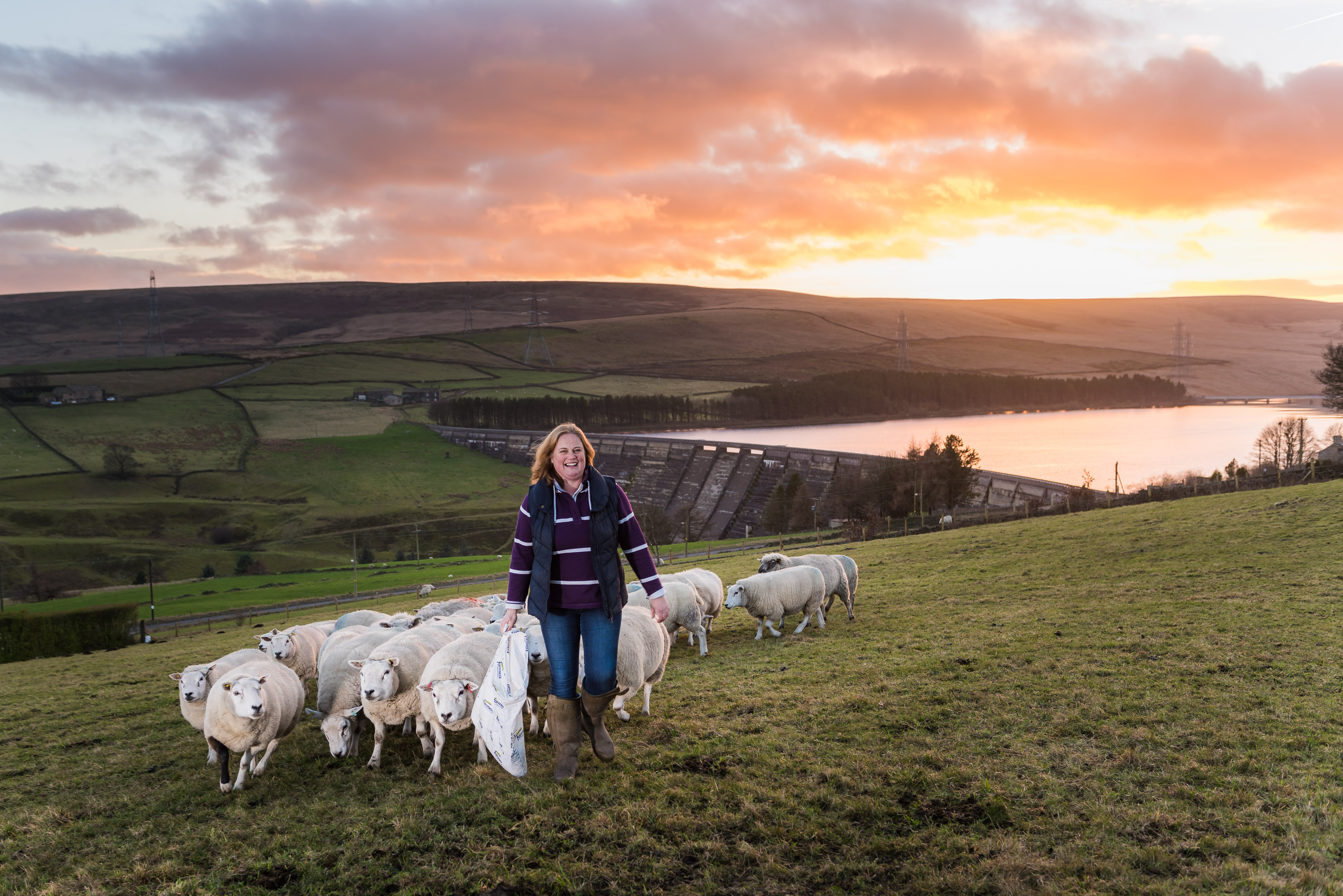

Although women farmers are no longer a rare breed, the Countess of Darnley still turns heads as she races across her Herefordshire farm on a quad bike. As does Samantha Ball, a first-generation farmer in Devon, who rides around the lanes behind the wheel of an enormous tractor.
Of Britain’s 180,000 farmers, 17% are female, according to NFU figures, and this growing percentage is hugely respected and admired within farming communities.
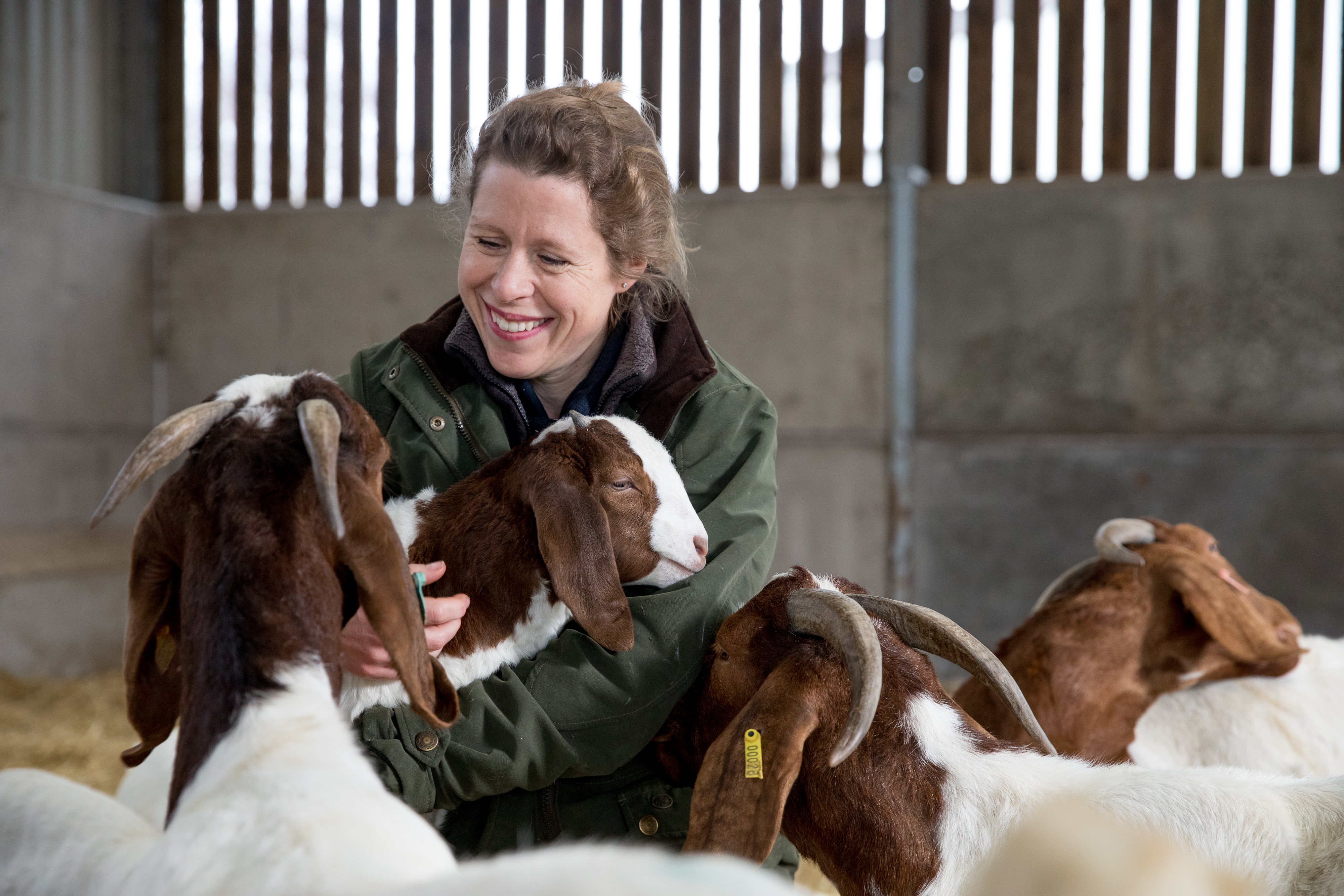
Indeed, the NFU appointed its first female chairman this year, Minette Batters, who farms a tenanted 300-acre farm in Wiltshire and co-founded the campaign Ladies in Beef.
'Is it someone who drives a tractor or hauls bales or sorts out the accounts in the office or works out feeding plans with feed reps?'
Of course, women have always worked on farms – ‘behind every good farmer is his wife’ – but, with so much now undertaken by machinery, there’s no reason why the ‘fairer sex’ can’t be in charge, insists Rachel Hallos, a beef farmer from West Yorkshire. Besides, she adds, it’s impossible to define what exactly a farmer is. ‘Is it someone who drives a tractor or hauls bales or sorts out the accounts in the office or works out feeding plans with feed reps? It’s all these things and more.’

As farmers, women bring new perspectives to agriculture at a time when the industry is under severe pressure. Mrs Batters’s farm had 20 Simmental-cross suckler cows when she took over; now, she has a herd of 300 Herefordshire cattle, a flock of sheep, a wedding venue and a catering business. ‘It doesn’t matter what sex you are – it’s about whether you’re good at the job,’ Mrs Hallos confirms.

It’s a myth, however, that it’s a woman’s ability to juggle lots of jobs that makes her a good farmer. Laura Corbett, a goat farmer in Wiltshire, discovered this when she took on the family farm a few years ago. ‘It’s not about multitasking. With farming, you need to understand your strengths and focus on them,’ she points out.
Countess of Darnley, diversified farmer, Herefordshire
Peta Darnley is a farmer’s daughter from Devon, but she never considered farming herself. She worked in advertising and then for the BBC, living in Notting Hill with her fund-manager husband, Ivo, and their three children.
Exquisite houses, the beauty of Nature, and how to get the most from your life, straight to your inbox.
'It’s no wonder we’re becoming increasingly common'
When her in-laws asked for help running Netherwood, the historic family estate near Bromyard in Herefordshire, however, it made financial sense for Lady Darnley to step up. ‘Ivo’s heart is here, but he didn’t want to be a farmer at that point in his life,’ she says. ‘I don’t think he’d have married me if he didn’t think I’d accept the challenge.’
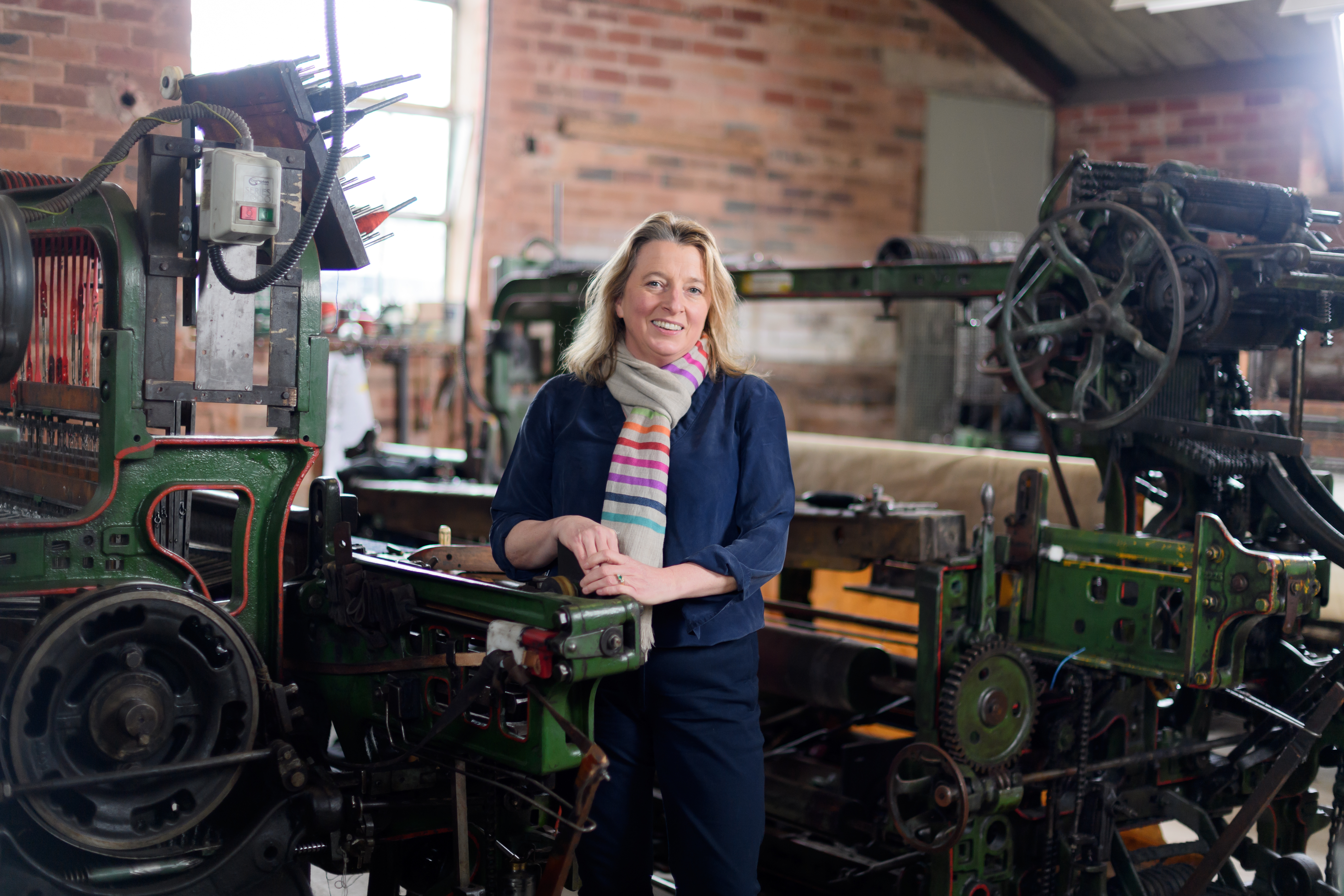
At first, she missed the office camaraderie – farming can be a lonely, isolated business, whether you’re on a tractor or doing accounts – but there was plenty to do. Lady Darnley soon discovered that Netherwood, which has been farmed since the 13th century, needed to evolve and diversify to remain sustainable as a business.
The estate is now run as a mixed-arable and cider-apple farm. Lady Darnley has also diversified into luxury tourism, with two holiday houses, and is encouraging local artisan businesses. As befits an area famous for its mistletoe, she runs an online mistletoe shop each December, selling enormous balls of it from her orchards.

Her latest project is the conversion of derelict farm buildings into a destination restaurant called Pensons, which opened in January under chef Lee Westcott and uses rapeseed oil, meat, honey and flour produced on the estate. It aims to embody Mr Westcott’s ethos of ‘estate to plate’.
Even now, people are surprised when they discover that it’s Lady Darnley, rather than her husband, who’s behind the innovations. ‘Women farmers still aren’t the norm, but it’s no wonder we’re becoming increasingly common,’ she enthuses. ‘We’re good at providing an alternative perspective and, with the farming sector under such pressure, why shouldn’t the husband go off and do something different?’
To find out more about Lady Darnley and the estate, visit www.netherwoodestate.co.uk.
Rachel Hallos, beef and sheep farmer, West Yorkshire
Farmer’s daughter Rachel Hallos was married with two children by the time she took over her father-in-law’s 2,000-acre tenanted hill farm, but she had a background in business that helped. Eighteen years later, Mrs Hallos is proud to have ‘flipped the farm on its head’ thanks to modern farming innovations and social media. She now has a prize herd of pedigree cattle, a flock of sheep (lambing 300 in spring) and a holiday let.
‘Farming has never been about one thing, it’s always been a juggle – my grandfather used to drive a horse and cart as a bus for another income stream,’ she says.

Although Yorkshire farmers have a reputation for being somewhat gruff, Mrs Hallos has only met with unpleasantness a handful of times. ‘On the whole, the other farmers seem to accept me. Women don’t have the ego and we’re happy to negotiate.’
She uses Facebook to buy and sell breeding stock and asks questions about feeding systems on Twitter. ‘It’s great to know, when you’re knee deep in mud, that there’s support out there. Many of the people I communicate with are woman farmers – we’re not afraid to ask questions.’
Mrs Hallos attends farming boards in Westminster, is an NFU county chair and, in December, travelled to Kenya with Farm Africa. ‘Farming is a knowledge exchange and, in this respect, being a noisy female is no bad thing,’ she laughs.

Her holidays are spent at livestock shows with the prize heifers, but far more rewarding to her than the rosettes is the fact that both her son and daughter are following her into farming. ‘We’ve got to empower the next generation. My daughter has chosen to do a degree in agriculture, which shows there is a future,’ Mrs Hallos concludes.
Laura Corbett, goat farmer, Wiltshire
Laura Corbett assumed she would end up marrying a farmer. When she married an agricultural businessman, however, she resolved to become a farmer herself instead, helping her father to run East Farm, the family’s 900-acre holding on the Marlborough Downs. ‘In hindsight, this was a better thing to do. I couldn’t work with my husband, but my father and I complement each other,’ she admits.
'It’s a labour of love and you have to weigh up if it’s worth it'
The decision meant Mr and Mrs Corbett and their two children could move into the farmhouse, which was a dream for a young family. The challenge was carving another income from the farm. ‘I did a lot of soul- searching during the first few years and eventually realised that, if the farm was to have a future, we had to sell the dairy cows,’ she recalls. ‘Farming incomes haven’t changed since the 1950s. It’s a labour of love and you have to weigh up if it’s worth it.’

Afterwards, Mrs Corbett would lie in bed dreaming of what to do with the empty buildings the dairy cows had left. Her first foray into diversification was restoring the indoor pool built in the farmyard by her father. ‘It had become a furniture dump, but, when my children started swimming, I restored it and now 80 families come here each week to learn survival swimming.’
It was only a matter of time, however, before more farm animals found their way back to the fields. ‘I’m a stockwoman – I can move cattle on my own and am in tune with them,’ she enthuses. ‘I needed animals to graze my pasture that are easy to handle and would fit in with my routine with the children.’
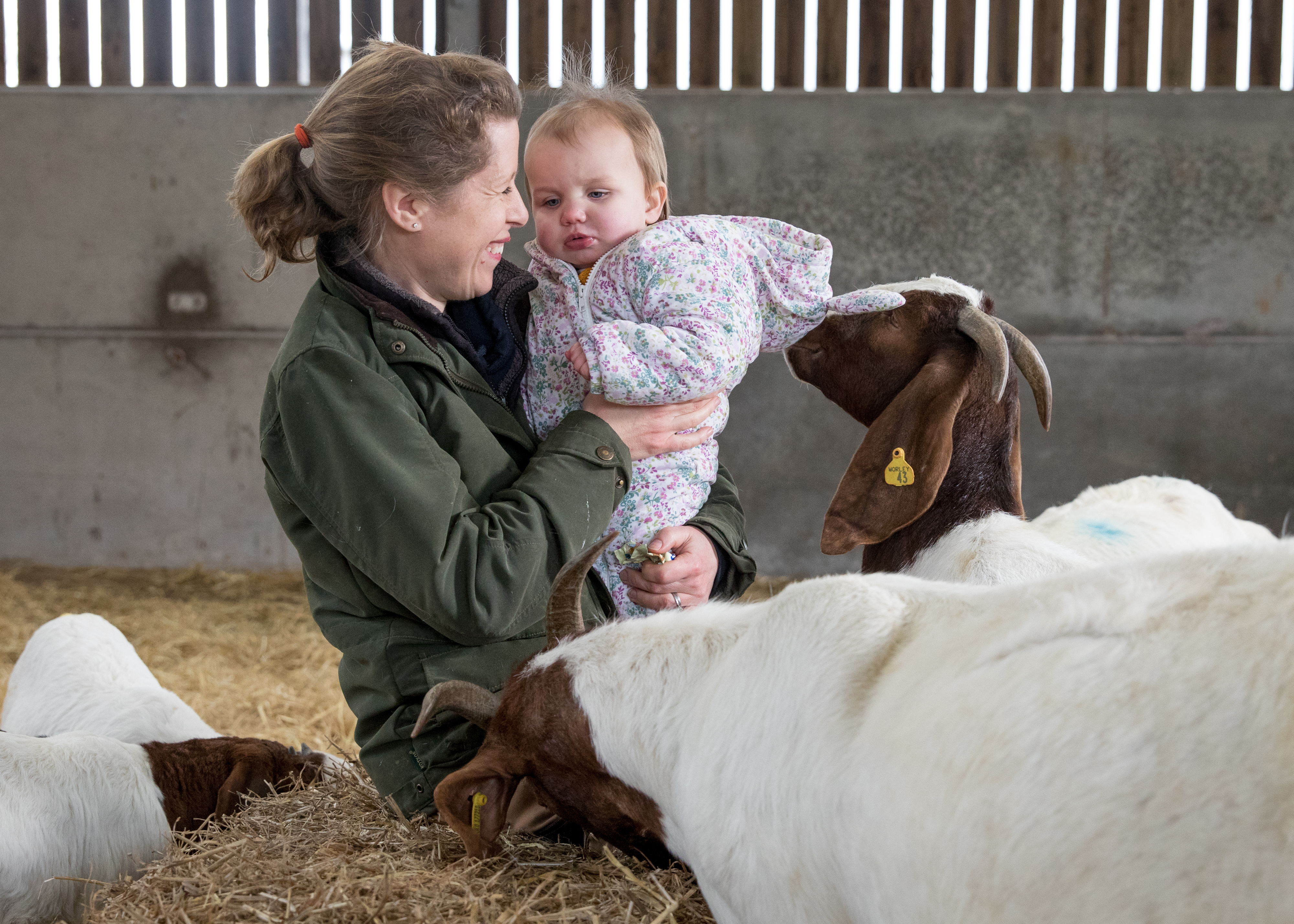
A herd of 100 Boer goats – ‘farmer’s goat’ in Afrikaans – which she hopes to expand to 300, has proved to be the perfect solution. ‘Kid meat is lean and succulent and there are so many new recipes to try with it – this is very different to the goat you have in curries.’
Mrs Corbett’s days are a continual juggle of school runs, feeding livestock and paperwork. Sometimes, it’s all a little estar como una cabra (‘like a goat’ in Spanish). ‘The British equivalent “as mad as a hatter” just isn’t the same for me now!’ The goat business is still in its infancy, but she hopes to grow it over the next few years, as well as diversifying in other ways.
‘Change is the only constant in farming and is the only way we can move forward’
Last summer, she ran a series of goat pilates sessions in one of the barns and, to fulfil her abiding love of cattle, she’s bought a small herd of rare-breed White Park cattle – low-maintenance beef cattle that live outside all year – to graze her conservation pasture.
‘Change is the only constant in farming and is the only way we can move forward.’
Samantha Ball, mixed farmer, Devon
Samantha Ball grew up in south-west London, a world away from the farming community, but loved riding. Then, when reading biology at Bristol University, she became interested in food security and went on to complete a diploma in agriculture at the Royal Agricultural University in Cirencester, Gloucestershire. ‘I decided that farming was for me – I enjoyed learning the different systems, the business side and all the practical aspects.’

Miss Ball is now a first-generation farmer, working full-time on a mixed farm in Devon, driving machinery, cleaning out pens and moving cattle and sheep to grass. ‘Every day is different: driving the tractor all day is mentally exhausting and moving the sheep is physically intense,’ she reflects. She’s proud to be known locally as ‘the girl who drives the tractor’.
'We decided to have a go ourselves and preserve it for future generations'
‘Anyone can do this job if they work hard and are passionate about it,’ she believes.

Together with her parents, Miss Ball has also taken over the running of the family farm near Lympstone in Devon, which had been tenanted for the past 50 years. ‘It’s land my grandmother inherited and, when the tenancy ended, we decided to have a go ourselves and preserve it for future generations.’ The land is ancient parkland overlooking the Exe Estuary, now grazed by 250 Lleyn ewes and a small Jacob flock. ‘We’re hoping to sell lamb directly via our website and social media – consumers appreciate knowing exactly what they’re getting.’
Her social life is also taking off, having recently been appointed secretary of the local Young Farmers: ‘The group is a great way of bringing the young rural community together with social events, talks and farm walks. If you want to thrive in farming, you have to put yourself out there.’
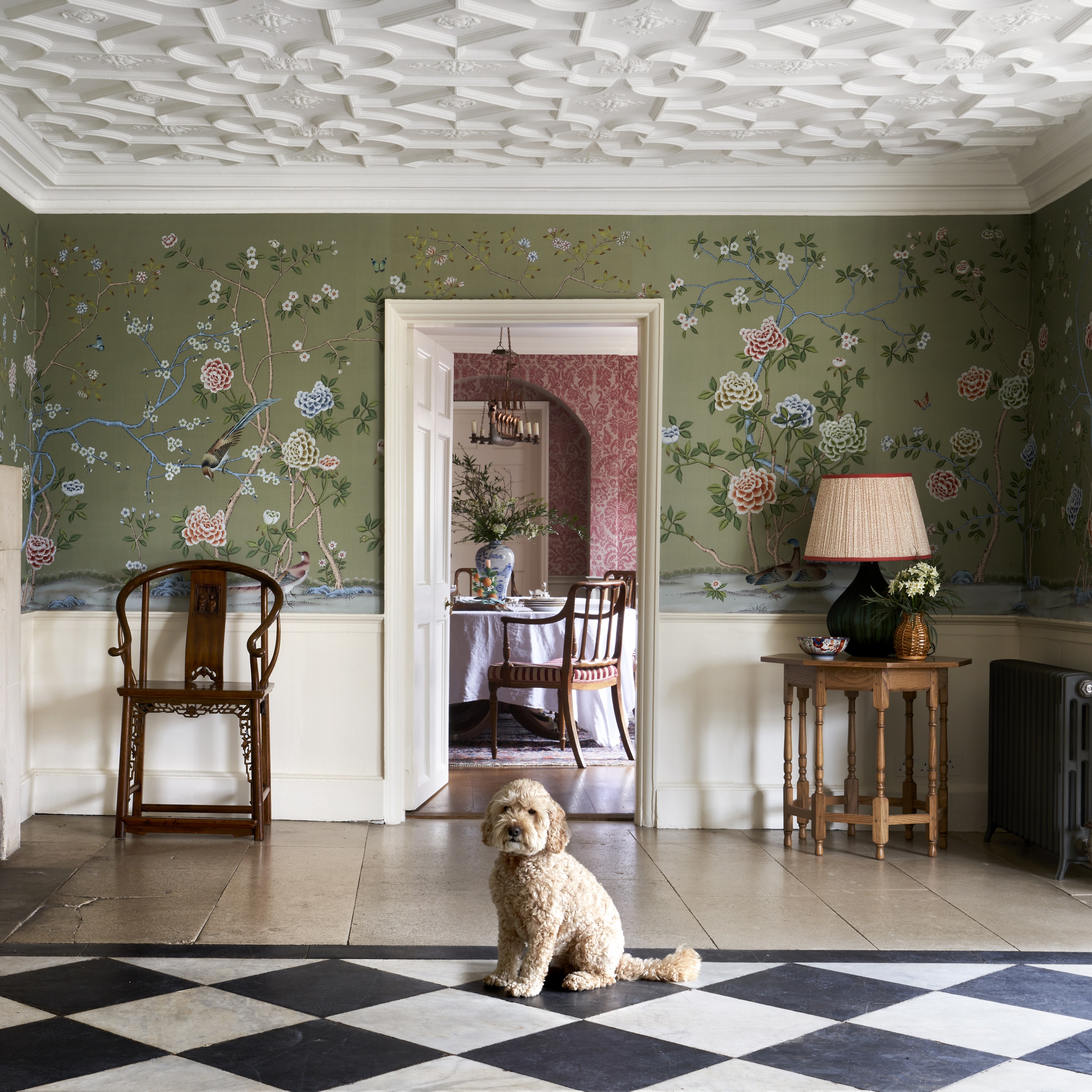
The Country Life Top 100 architects, interior designers, craftsmen, builders and garden designers in Britain
It's now six years since the original Country Life Top 100 was published, but the aim hasn't changed: we name
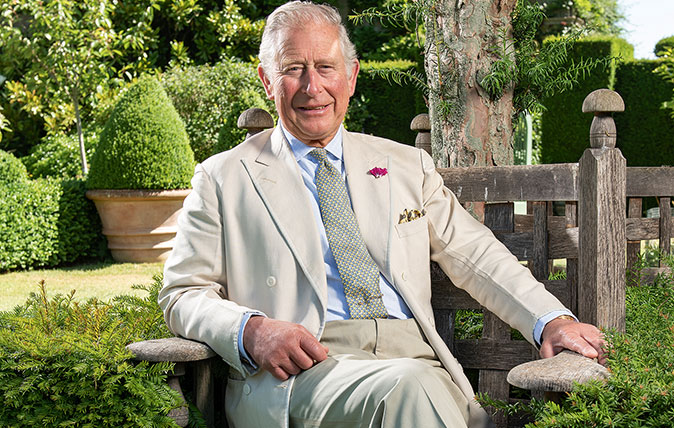
Credit: HRH The Prince of Wales, photographed by John Paul for the Country Life Picture Library
HRH The Prince of Wales: ‘We may be the last generation fortunate enough to experience the wonderful people, skills and activities of our countryside’
HRH The Prince of Wales has guest edited the November 14 edition of Country Life. In his leader article, he
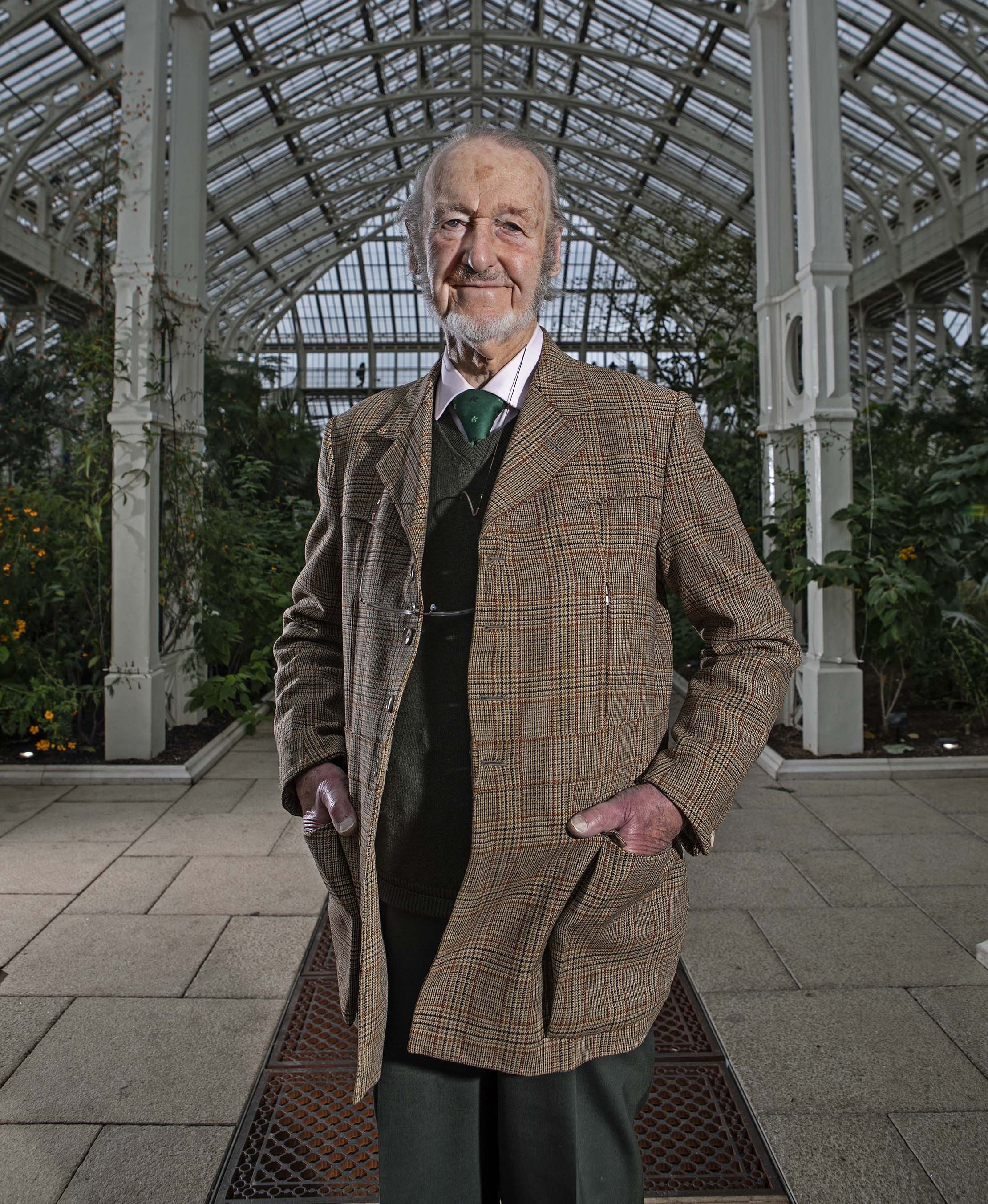
The great architect Donald Insall on saving Windsor Castle, refurbishing Westminster and how buildings change throughout their lives
Country Life is unlike any other magazine: the only glossy weekly on the newsstand and the only magazine that has been guest-edited by His Majesty The King not once, but twice. It is a celebration of modern rural life and all its diverse joys and pleasures — that was first published in Queen Victoria's Diamond Jubilee year. Our eclectic mixture of witty and informative content — from the most up-to-date property news and commentary and a coveted glimpse inside some of the UK's best houses and gardens, to gardening, the arts and interior design, written by experts in their field — still cannot be found in print or online, anywhere else.
